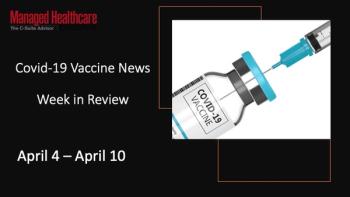
News


Real-world evidence (RWE) has the potential to be a transformative tool for healthcare providers to enhance the care they deliver to patients.

Significant attention has been paid to the recent surge in telehealth. This attention is valid. While usage of telehealth has declined from the initial months of the pandemic, FAIR Health data show that telehealth claim lines had increased more than 2,800% nationally from December 2019 to December 2020.

Nod from FDA comes as drugmakers are withdrawing indications for cancer drugs that were also approved an accelerated basis.

Most are in the riskier global risk track with 100% savings and losses.
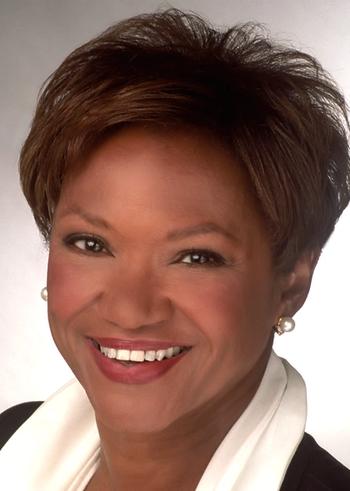
In this final video of three-part video interview series, MHE spoke with founder and CEO of Gray Matter Analytics. In the discussion, Sheila addressed the topic of how healthcare organizations are missing out by not actively expanding their efforts to seek out and fast track talented individuals across many minority populations, especially in the c-suite.

As COVID-19 cases in nursing homes decline rapidly, the healthcare industry calls on congress to take on needed reform to address systemic issues facing industry.

In this second video of a two-part video series, MHE spoke with Dr. Ami Parekh, chief medical officer of Grand Rounds. Ami discussed the rise of the chief medical officer role, how businesses can benefit from it and what it means for the future of the C-suite. She also explained why it is so essential for businesses to provide advice and clinical guidance to help best keep operations running safely.

The novel nonstimulant medication from Supernus Pharmaceuticals can be sprinkled on food.

Covid-19 was the third leading cause of death in the United States last year, after heart disease and cancer, according to provisional data recently released by the US Centers for Disease Control and Prevention.

Today's episode of Tuning In to the C-Suite shares a conversation between Associate Editor of MHE, Briana Contreras, and CEO of Ob Hospitalist Group, Lenny Castiglione. The two talked about how and why hospitals and health systems are increasingly working with third party providers for obstetrics, as well as anesthesiology, nursing, and others to reduce costs and improve care for patients.

COVID-19 vaccine is safe — and more than a little advisable — for people with urothelial cancer, says a clinical pharmacist at the VA Pittsburgh Healthcare System.

No adverse events reported so far.
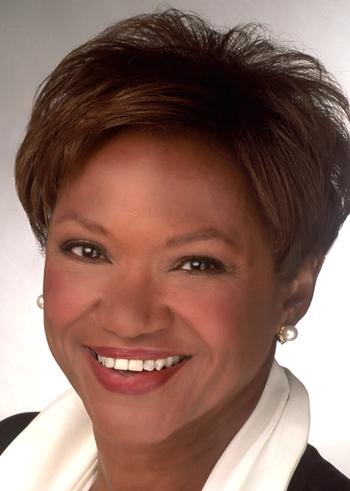
In this second of three-part video interview series, MHE spoke with founder and CEO of Gray Matter Analytics. In the discussion, Sheila addressed the topic of how healthcare organizations are missing out by not actively expanding their efforts to seek out and fast track talented individuals across many minority populations, especially in the c-suite.

Findings add to the understanding of the challenges that people living with HIV face now that it is a more manageable, long-term condition.

In this first video of a two-part video series, MHE spoke with Dr. Ami Parekh, chief medical officer of Grand Rounds. Ami discussed the rise of the chief medical officer role, how businesses can benefit from it and what it means for the future of the C-suite. She also explained why it is so essential for businesses to provide advice and clinical guidance to help best keep operations running safely.

UM School of Medicine discovery opens the door to testing more effective drugs for treating COVID-19 patients.

In this recent report, recommendations for ways to safeguard the U.S. from future pandemics are included.
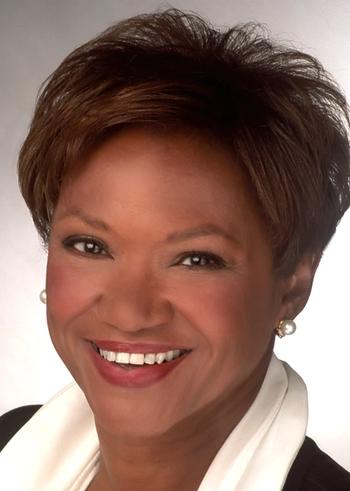
In this first of three-part video interview series, MHE spoke with founder and CEO of Gray Matter Analytics. In the discussion, Sheila addressed the topic of how healthcare organizations are missing out by not actively expanding their efforts to seek out and fast track talented individuals across many minority populations, especially in the c-suite.
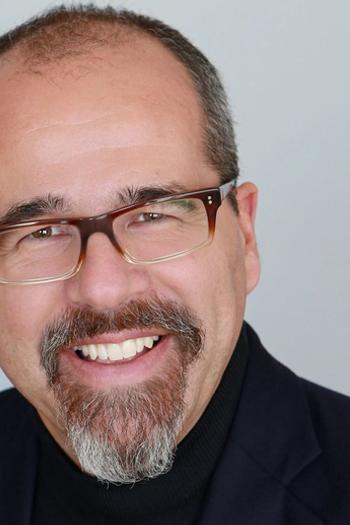
In this final video of a four-part video series, Signify Health senior vice president of Episodes of Care, François de Brantes, speaks with Managed Healthcare Executive about value-based care, the toxic incentives in healthcare, how the Direct Contracting Model differs from Medicare Advantage and more.
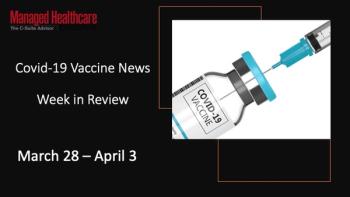

Especially during the COVID-19 pandemic, healthcare systems and a variety of other healthcare entities have been sending lots of text messages to patients. Reminders about appointment, prompts to take medications, health information updates — they are part of healthcare’s new enthusiasm for all things digital and remote.
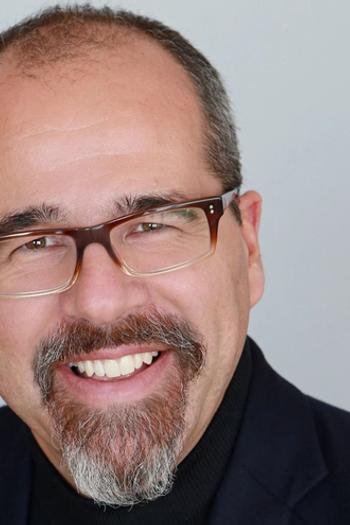
In this third of a four-part video series, Signify Health senior vice president of Episodes of Care, François de Brantes, speaks with Managed Healthcare Executive about value-based care, the toxic incentives in healthcare, how the Direct Contracting Model differs from Medicare Advantage and more.

Diagnoses spike in people's 65th year when most Americans become newly eligible for Medicare coverage.
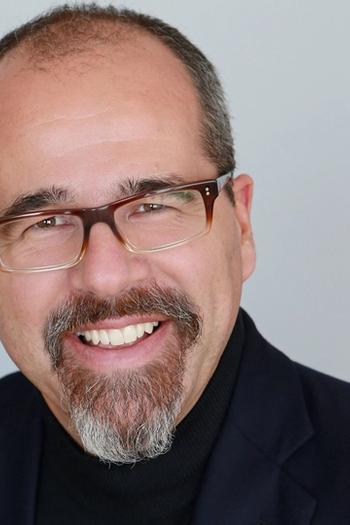
In this second of a four-part video series, Signify Health senior vice president of Episodes of Care, François de Brantes, speaks with Managed Healthcare Executive about value-based care, the toxic incentives in healthcare, how the Direct Contracting Model differs from Medicare Advantage and more.

Although smoking is the predominate risk factor for lung cancer, about 1 in 5 cases cases are believed to be linked to genetic factors.

If replicated in future studies, the findings have important implications for the millions of people living with HIV, many of which display signs of residual viral replication despite treatment.
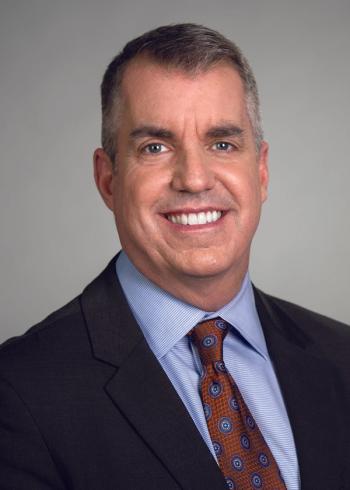
Samitt announced he is retiring after three years at the helm of the Minnesota Blues plan.

In this first of a four-part video series, Signify Health senior vice president of Episodes of Care, François de Brantes, speaks with Managed Healthcare Executive about value-based care, the toxic incentives in healthcare, how the Direct Contracting Model differs from Medicare Advantage and more.

One year into the COVID-19 pandemic and healthcare leaders are taking a hard look at all operations – especially innovative reimbursement models that best meet the needs of their business, providers and patients. No doubt these leaders are finally paying closer attention to value-based care.




